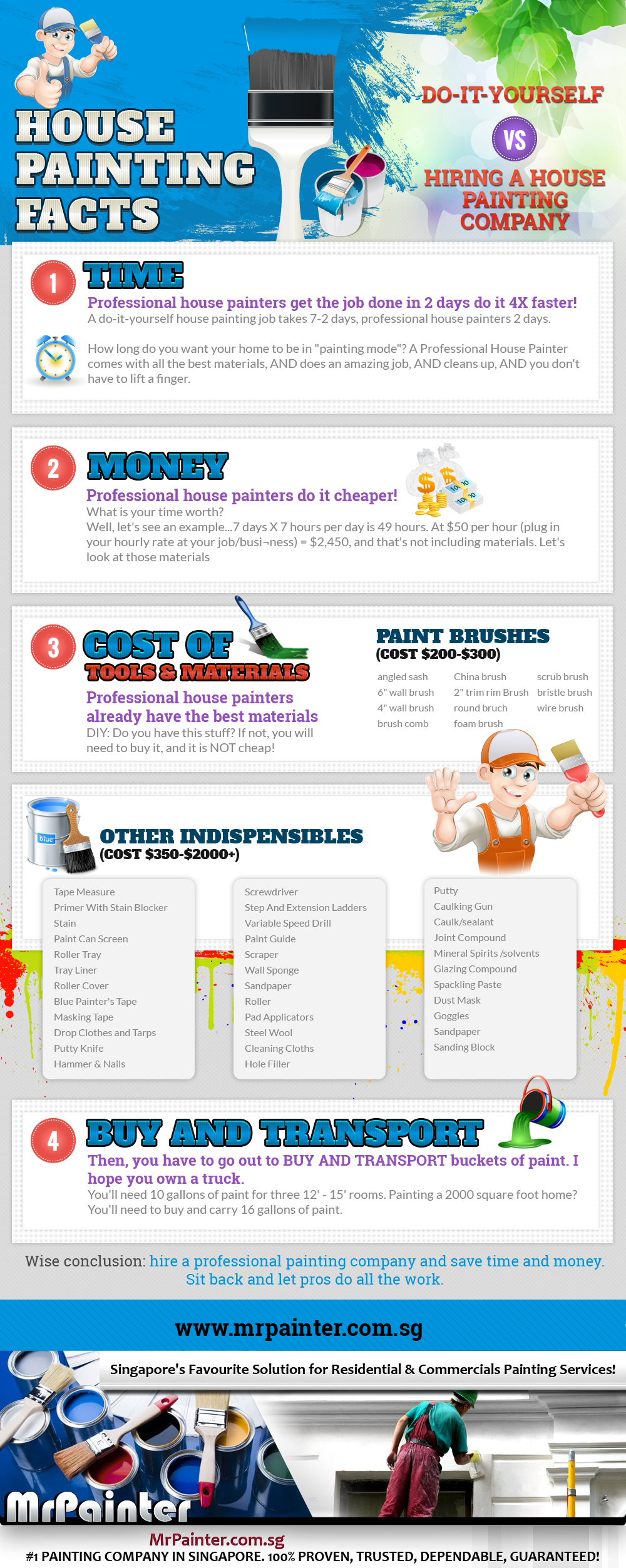Selecting The Right Colors: An Overview To Commercial Exterior Painting
Selecting The Right Colors: An Overview To Commercial Exterior Painting
Blog Article
Writer-Williford Ismail
When it comes to commercial exterior painting, the colors you choose can make or break your brand name's appeal. Understanding how different colors affect perception is essential to attracting consumers and building count on. But it's not practically personal preference; neighborhood trends and regulations play a substantial function too. So, exactly how do painting the ceiling and walls the same color discover the perfect balance in between your vision and what reverberates with the area? Allow's explore the vital elements that assist your color options.
Recognizing Shade Psychology and Its Effect On Business
When you pick shades for your service's exterior, recognizing shade psychology can substantially affect just how possible consumers view your brand name.
Shades evoke emotions and established the tone for your company. As an example, blue frequently shares trust fund and professionalism, making it excellent for banks. Red can develop a feeling of necessity, excellent for dining establishments and clearance sales.
On https://residentialpaintersnearme76643.blogscribble.com/34441929/discover-the-current-strategies-and-patterns-in-residence-paint , eco-friendly represents development and sustainability, attracting eco-conscious customers. Yellow grabs focus and triggers optimism, but too much can bewilder.
Consider your target market and the message you intend to send out. By selecting the best shades, you not only boost your curb charm yet also align your picture with your brand name values, ultimately driving customer interaction and commitment.
Studying Resident Trends and Laws
Exactly how can you ensure your outside paint choices reverberate with the community? Beginning by investigating regional fads. See close-by companies and observe their color pattern.
Remember of what's prominent and what feels out of place. This'll assist you straighten your options with community aesthetics.
Next, inspect neighborhood laws. see this site have standards on outside colors, especially in historical areas. You don't wish to hang around and cash on a combination that isn't compliant.
Engage with neighborhood local business owner or community groups to gather insights. They can give useful responses on what shades are well-received.
Tips for Integrating With the Surrounding Atmosphere
To produce a natural look that mixes perfectly with your environments, take into consideration the natural surroundings and building styles nearby. Start by observing the shades of neighboring buildings and landscapes. https://professional-painters-nea10861.blogrelation.com/40602393/raise-your-home-s-aesthetic-appeal-why-you-must-think-about-expert-residence-painters like greens, browns, and muted grays frequently function well in natural setups.
If your building is near dynamic urban locations, you may select bolder hues that show the regional power.
Next, consider the building design of your building. Traditional designs might benefit from traditional shades, while contemporary layouts can accept contemporary schemes.
Examine your color selections with samples on the wall to see exactly how they engage with the light and atmosphere.
Finally, keep in mind any kind of local guidelines or community looks to guarantee your selection boosts, instead of clashes with, the surroundings.
Final thought
In conclusion, choosing the ideal colors for your business exterior isn't almost visual appeals; it's a calculated decision that affects your brand's perception. By using color psychology, thinking about neighborhood patterns, and ensuring harmony with your surroundings, you'll develop a welcoming environment that attracts customers. Don't fail to remember to examine examples before devoting! With the right technique, you can boost your business's curb appeal and foster long-term consumer engagement and commitment.
